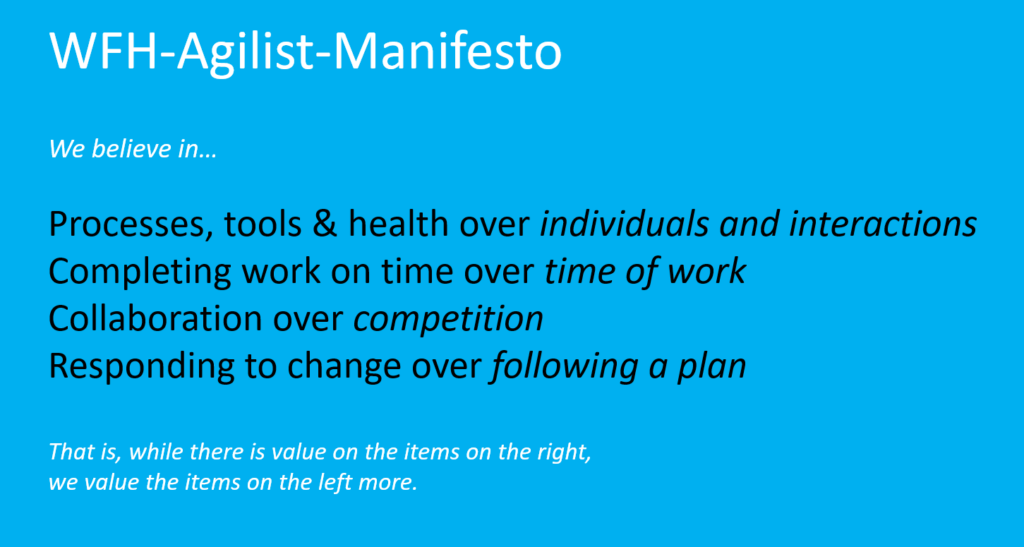Which project management career / certification to pursue?..that is a million dollar question which every professional face, at some point in time of their career. The social media is quite misleading as new certifications are popping up every other day. This discussion is to clear the clutter while deciding on which project management certification to pursue for those who wants to advance their project management career.
Broadly speaking there are two major streams in project management;
- The Agile project management
- Traditional project management
Both streams are valuable, and complementary. Which one will give you the fastest return on investment depends on;
- The industry to which you belong to
- The industry where you want to spend your future
- The country where you will be working
Decision#1 – Choosing between Agile stream and the Traditional Project Management stream
Before choosing the streams, it will be better to understand what is agile or adaptive project management and the traditional project management. Agile comprises of a family of frameworks like Scrum, XP, SAFe etc. The similarity across all these frameworks is the iteration spanning not more than 30 days. The total road map of the product is split into multiple iterations (sprints) not exceeding 30 days. Every sprint starts with a sprint planning meeting and ends with a sprint review. All these frameworks recommend a daily stand up meeting to quickly review the status of the project. Though it is much more complicated than this, as an introduction this much knowledge is sufficient. Agile frameworks are ideal for projects where requirements are continuously evolving and the technology is also new to the team. Hence, they are best fit for new product development.
If you want to know more about agile using scrum, click here
The traditional project management frameworks like (PMBOK, PRINCE) revolve around the famous Plan-Do-Check-Act (PDCA) life cycle. They are ideal for projects where the requirements are frozen and are very difficult to change. For example, in construction projects, the engineering discipline does not allow for change hence requirements must be frozen upfront.
If you want to learn more about traditional project management, click here
So, unlike many, I am not interested to discuss which one is better. It depends on the nature of the projects you are handling. While for some projects agile is the best fit, for certain others traditional project management is best.
- If you are working on EPC (Engineering, Procurement & Construction) intensive projects, then select the traditional project management stream. Most of the construction projects falls into this stream.
- If you are working on new product development projects where requirements are evolving and the technology is also new, then select Agile stream. Most of the I.T projects falls into this stream.
- If you are from the construction project back ground, or intend to build your project management career in the construction industry, then choose the traditional project management stream.
- If you are from I.T projects, or R&D projects or intend to build your project management career in I.T or R&D then choose the agile project management stream.
The globally well known certifications for project managers
Traditional project management certifications
- Project Management Professional (PMI, USA)
- Projects in controlled environment (UK)
- AACE certifications
Agile project management certifications
- Certified Scrum Master (CSM), by Scrumalliance
- Professional Scrum Master (PSM) by Scrum.org
- Agile Certified Practitioner (ACP) by PMI-USA
- Scaled Agile Frameworks (Safe)
If you are from the information technology domain, it is better to with any one of the agile certifications straightaway. The certified Scrum Master (CSM) by Scrumalliance is expensive and has the early starter advantage, where as PSM is not that expensive, and at the same time it is very authentic, because it is coming from Ken Schwaber’s Scrum.org. For those of you who do not know Ken Schwaber, he founded scrum along with Jeff Sutherland, and both of them together developed the scrum guide, which is the most authentic documentation on scrum, becuase it is coming from the founders. The syllabus for these two certifications (CSM and PSM) are the ScrumGuide, and upon completion of the certification process, one will have the proficiency to play the role of a scrum master (project manager, in the traditional forms).
Then we have the PMI-ACP certification. The syllabus for this certification is a cocktail of all the frameworks available out there and calls for;
- Complete understanding of SCRUM
- A very good understanding of Extreme Programming
- Some key concepts like earned value management, risk management, communications management from the project management body of knowledge (PMBOK)
- Complete understanding of Agile body of knowledge
After getting anyone of the agile certifications, then try for PMP credential. Without a proper understanding of the ten knowledge areas of PMBOK;
- Integration management
- Scope management
- Time management
- Cost management
- Quality management
- Communications management
- Human resource management
- Risk management
- Procurement management
- Stakeholder management
one will fail, when it comes to real life project management. More than that, while the future holds good for the Agile, many customers insist on PMP’s to manage their projects. If you are from the I.T background, these two certifications are mandatory. Start with agile, and then graduate into PMBOK. Both complements.
If you are from any other domain, other than I.T, then the options are either PMP or PRINCE2 or the AACE certifications.
Since the origins of PRINCE2 are from U.K, it is appreciated there, and the rest of the world is with PMP. So, based on where you are, and where your customers are, you have to decide.

Please post all your additional queries as comments to this page, and I will reply.

